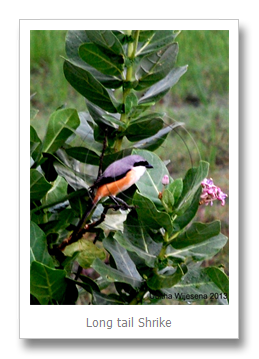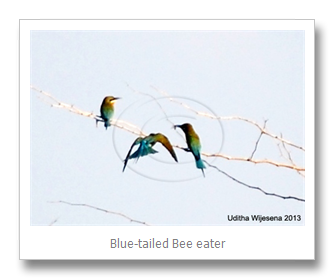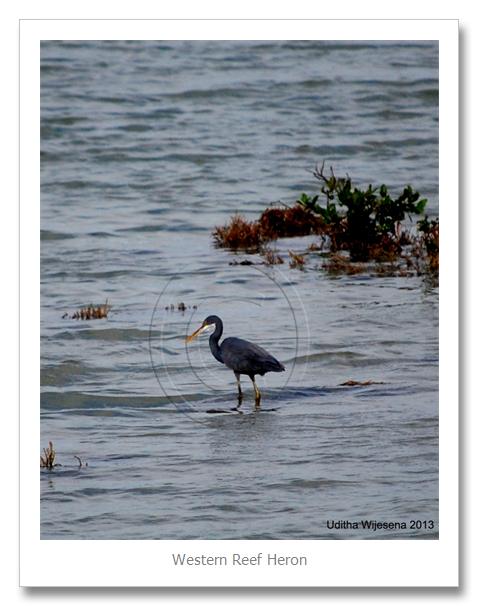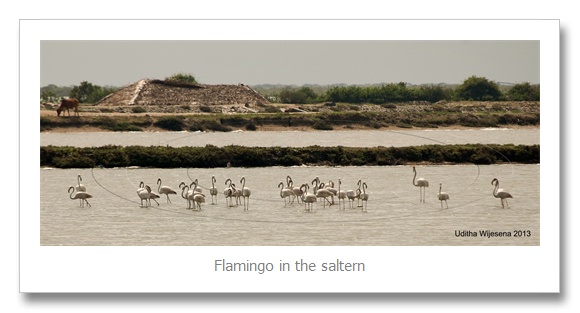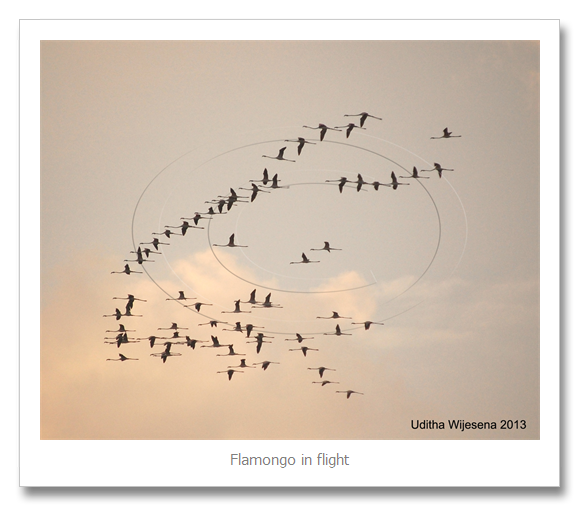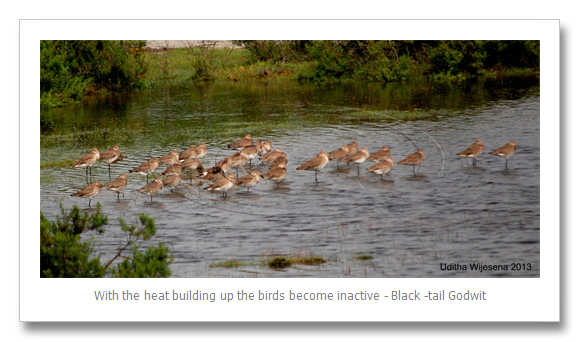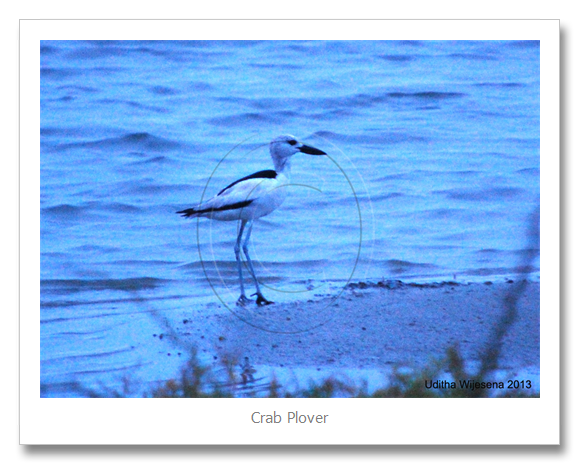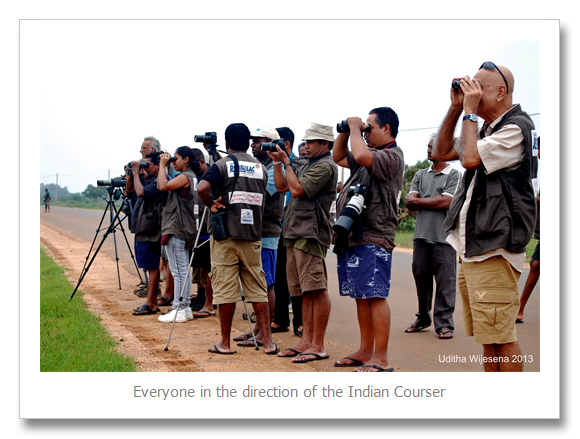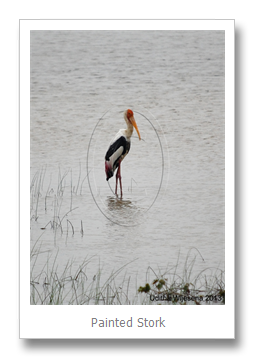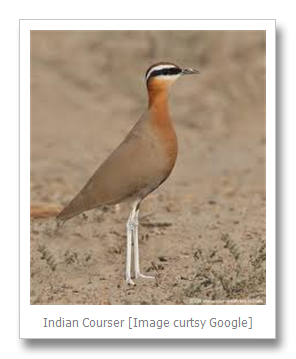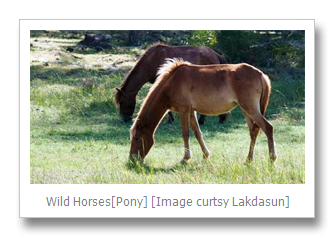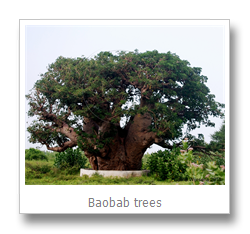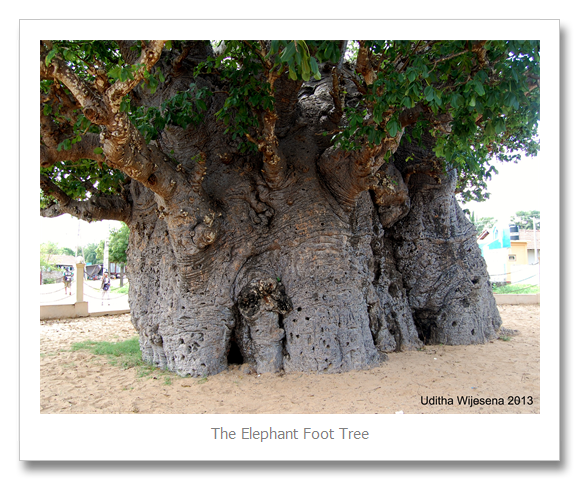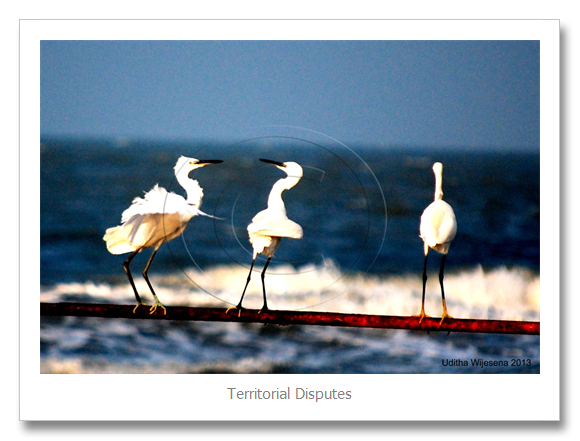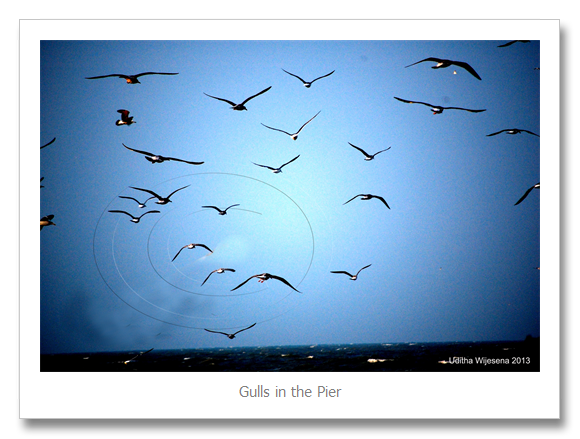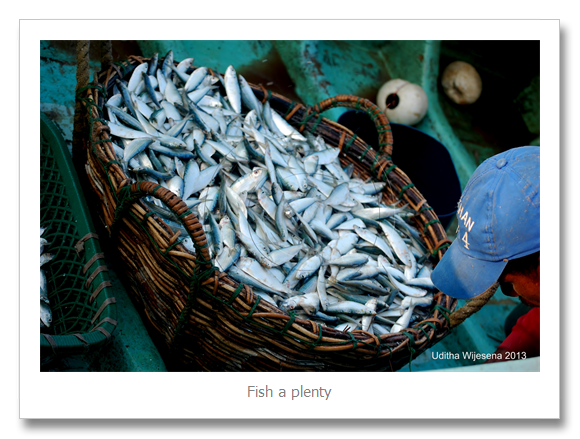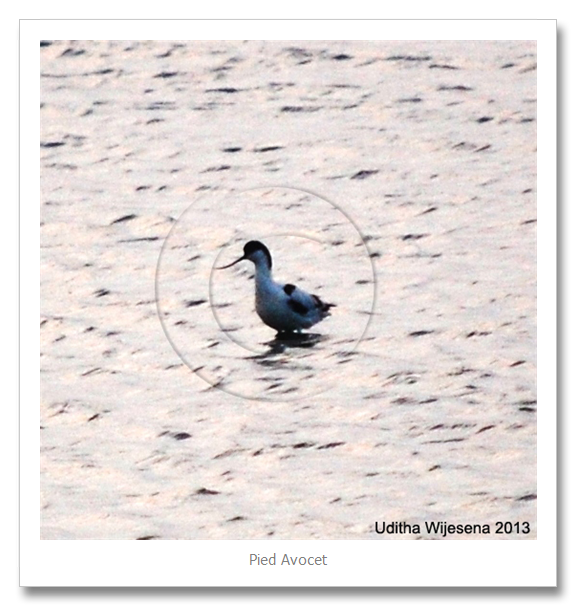Many of us from S Thomas’s Collage Gurutalawa [STCG]; a school in the central hills of Sri Lanka are fond of out-bound living and are very much into Bird watching. Professor Sarath W Kotagama was one who made ornithology his profession at the Zoology Department of the University of Colombo. He pioneered the forming of ‘The Field Ornithology Group of Sri Lanka [FOGSL]’ in the year 1976; to promote awareness of bird conservation to the masses and in return to get their assistance in the scientific study of birds.
Areas outside the north of Sri Lanka have been studied of birds and much of the birding locations identified. It is only now that the localities in the north of Sri Lanka are being reached for birding.The 30 year civil war prevented access to the north, until 2009. FOGSL has now expanded its bird research activities into the Jaffna Peninsula and the District of Mannar.
FOGSL has an annual birding calendar to identified locations. The Mannar bird count for 2013 was scheduled from the 13th -16th December 2013.
We left Colombo in the early hours on Friday 13th with stops for breakfast at Waikkala and lunch at Anuradhapura. Thanks to the better roads after the war, we reach Mannar by 2.30/3.00 in the evening. Accommodation had been organized at the Army’s 54th Division HQ in Mannar. We unload our baggage to a typical boarding school dormitory with bunk beds. The six ladies in the group were also provided accommodation in bunks but separated by a board partition. My memory ran back 40 years to my boarding school and opted to sleep in an elevated position. Settled down with bag and bedding we decide to waste no time with birding. We had a list of specialities to be seen on this trip. After a cup of tea we leave the camp gates towards Poonarin for an hour or two before sun down in order to judge the potential for birding during this time in Mannar.
Leaving the 54th Division gates I recall the warring times; it would have been through these very gates that the valiant forces lead by Brig Shavindra Silva marched out in 2007 to rout the LTTE in 2009
The two hours of birding was a great success and was an indication of what was on line for the three days. We had seen Wigeon ducks, several species of Bitterns a few Raptors and some forest birds. The Black Drongo native to Mannar was everywhere and the migrant Long-tail Shrike is so common here compared to the south. The listing for the two hours in the evening was 63 bird species.
Back in the dormitory with some overenthusiastic members suggesting a walk to the Mannar causeway to see the Crab Plover through torchlight was never fruitful. We settle to a sumptuous dinner of boiled rice with curried fresh fish and other accompaniment and retire early to bed for we are scheduled to set off by 5.30 in the morning for birding. It’s the time when they are most active.
Up by dawn we leave for the Vankalai plains for birding along the newly laid railway line still under construction. Just as we get off the bus a family of Grey Francolins are startled and run among the bushes. Not far was a Eurasian Curlew displaying to the shutter bugs. My spotting scope captured much; the Northern Shoveller, Eurasian Wigeon, Northern Pintail and Garganey of the rarer duck species with plenty of the Whistling Ducks seen.
The migrant harriers were so abundant. The Montague's Harrier and the Marsh Harrier with the Common Kestrel hovering on the wing, stalking for prey below. A variety of the Plovers were seen with the migrant Shrikes; the Long Tail, Brown and the Philippine seemed so common over here. Returning for breakfast we stop at the Thalladi pond opposite the camp for a prize sighting of a solitary male Spot-billed Duck among a few Garganey. Again at very close range for excellent pictures to be taken.
After breakfast we cross the causeway to the main Island of Mannar the township. The causeway is a heaven for all species of Egrets and the rare Western Reef Heron. Having seen all of them we proceed to the Mannar saltern. The ‘look out for’ bird was in plentiful….. the Greater Flamingo. Over 284 birds were counted in two locations in the saltern in close proximity to habitation. Of the Gulls, the Heuglin’s Gull, Greater Black-headed Gull and the Brown-headed Gull was in their numbers. With the sun at the peak of its trajectory the birds become inactive and so are the many stray donkeys that sleep standing. We return to camp for a late lunch only to leave by 3.00 in the evening to see them fly back to their roosts for the night.
The evening was back to the Vankalai plains and the Vankalai pond. The ducks seen during the day were now leaving for the night in the traditional ‘V’ formation. On the way to the pains a special bird that had raised concern and confusion sometime back was thought to have been sighted; The White-headed Stilt? We come back for the night by traversing on the causeway again looking for the Crab Plover with no luck. Just at the camp gate to everybody's surprise we see the Crab Plover trotting in shallow water in the lagoon. It was definitely an exultant way to end a very productive day of birding.
Back at camp we run through the list of sighting for the day which went up to 99 species. We retire for the night with a programme to go looking for the elusive Indian Courser confined to the Mannar district the following day.
Up again early we leave for the Vankalai plains by 5.45 but with lesser sightings than the previous day. After breakfast we leave for Vedithalathive where the LTTE’s sea tigers were very active then, also the location where our special bird was to have been spotted recently. A distance over 20 km we are at a vast marshy plain stretching for over a kilometer. Harsha the sharpest spotter in the group says he sees a dark orange patch moving in the distance. Yes… with the aid of the spotting scope we see three Indian Coursers in the distance. Some of us decide to stalk them once everybody had seen the bird through the spotting-scope. We brave the sticky mud where landmines had been cleared to get a closer glimpse of the bird. It was a beauty through the binoculars. A stray dog attracted by our presence startled the birds into the air and they were no more. This was a lifer for me [seen for the first time] which was celebrated with Elephant House ice cream to the whole group. I’m sure many of the birds seen were lifers to most in the group though?
The evening round was to the Talaimannar Pier for the Gulls. On the way we stop close to Pesalai looking at ducks and wild horses and a number of wildly growing Baobab Trees introduced by the ancient Arab traders who brought camels here for trading and transport. The Baobab is said to have been planted as fodder to the camels. The camel is no more but the Baobab and the horses brought by them have gone wild. We see numerous gulls and egrets at the pier with so much fish caught going waste providing food for them. The Black Kites and Brahmini Kites have to brave the harsh wind to scavenge the beaches. While at the pier we get news of a solitary Pied Avocet in the saltern; and we rush back to see it only silhouetted in the fading light. I promise the group that we come early tomorrow and we would see it in brighter light. The third days come to an end with 113 species sightings.
Come the following day we leave early for the salterns; as promised the Avocet was there for all the shutter bugs to click away. Another special that morning was the Terek Sandpiper with its upturned beak. We come back for breakfast before leaving to Colombo with a stint of birding over the bund of the Giants Tank with one more new sighting of a Yellow Bittern brought our list up to 120 species in three days. A very productive bird count, which would have been a total success with the Oyster Catcher and the Common Teal seen.
FOGSL has been into this type of outings with basic scientific study for the last 38 years. The membership that had benefited from it runs to over 3000. The message is firmly passed on for sure, as seen by the enthusiasm shown by the participants on this trip. However I am thinking if we are the same as when we started research back in the 1990’s. Today I see more photo happy birders than the real birdwatcher of the past. It’s nothing to be alarmed of though in this materialistic world…. where everything is being commercialized?



